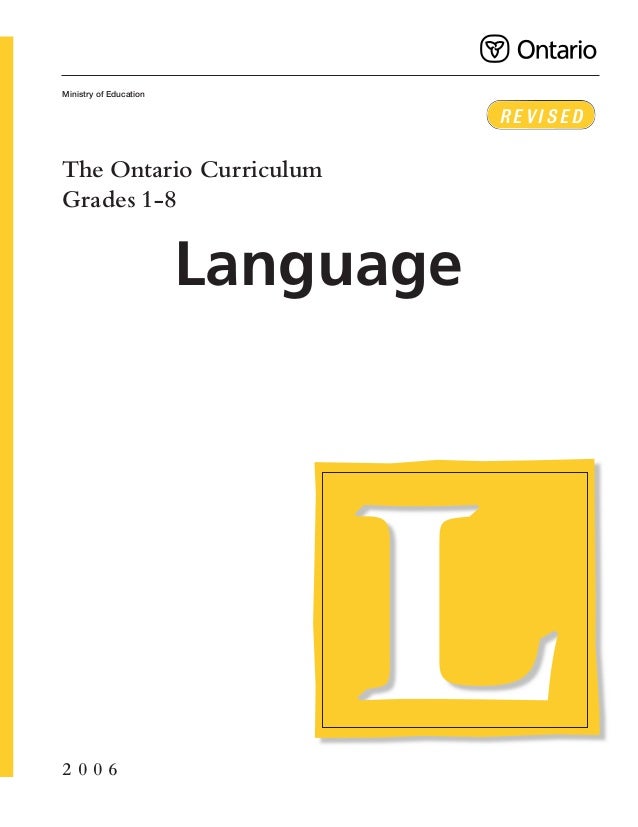In many classrooms, students tend to have a negative outlook towards writing. There are many factors that can go into this fixed mindset one of which includes a lack of inspiration and ideas when trying to write creative stories and journal entries.
What many students do not realize is that writing is an important component in
- communication
- socializing
- and it is influential to how others perceive you
 In a Pinterest board, I found a great resource that helps to inspire students to write. I think that using this kind of resource will help students in a significant way, especially at the junior level to write journal entries. I would love to incorporate a writing jar into my classroom to help motivate students to write short stories and journal entries.
In a Pinterest board, I found a great resource that helps to inspire students to write. I think that using this kind of resource will help students in a significant way, especially at the junior level to write journal entries. I would love to incorporate a writing jar into my classroom to help motivate students to write short stories and journal entries.
 In such a simple and open-ended activity, the use of a writing jar in the classroom touches most on the first expectation of the Ontario Language Curriculum expectations in writing(pg 12). This is a simple idea that could allow students to practice generating, gathering, and organizing ideas and info to write for an intended purpose and audience. The idea of the writing jar is that students are given the chance to draw an open-ended question out of a jar to which they answer in a journal. The jar can contain a countless number of topics and ideas that can help inspire students to write either a creative paragraph or write about their daily lives. Using this resource in the classroom gives students more opportunity to motivate themselves to write more. In giving students these broad questions it forces them to gather their thoughts, organize their ideas and write them out on the page.
In such a simple and open-ended activity, the use of a writing jar in the classroom touches most on the first expectation of the Ontario Language Curriculum expectations in writing(pg 12). This is a simple idea that could allow students to practice generating, gathering, and organizing ideas and info to write for an intended purpose and audience. The idea of the writing jar is that students are given the chance to draw an open-ended question out of a jar to which they answer in a journal. The jar can contain a countless number of topics and ideas that can help inspire students to write either a creative paragraph or write about their daily lives. Using this resource in the classroom gives students more opportunity to motivate themselves to write more. In giving students these broad questions it forces them to gather their thoughts, organize their ideas and write them out on the page.
It is important to give class time to students to practice their writing skills. I think that the use of a journal is great way to help students to understand how important writing is in communicating ourselves to the world. While incorporating writing is a great way to get students to be working quietly and practicing their writing, when I see journal writing in practice I find myself during this time helping students to simply decide on a topic instead of seeing students spending the bulk of the period with writing in their journal. I think that using the writing jar strategy in class would help to minimize the time used in deciding on a topic in general. I like the idea that using the writing jar gives students a wide variety of questions to choose to inspire students and excite them to write creatively. I think that giving students that choice also makes them more motivated to write about something they have chosen.
I think that implementing these types of activities will be a good starting point to get students more interested in writing. Using different activities like:
- The Writing Jar
- Or Chapter Summary tweets
- Or Facebook profile character sketches.
 The activites listed above are a few of the many ways in which we can foster a positive attitude towards writing. These kinds of activities reach out to students in an engaging way, that helps them to understand how writing applies to our communication skills. These activities are ones that I would like to try in the future and I think that they could make a positive impact on the attitude towards writing in the Classroom. As educators, we must help students get inspired to write and show them that writing is more than just creating "good" short stories, essays or Journal entries. It is an important form of expression and communication. Students must be able to understand the impact writing has on our daily lives, and how others perceive us.
The activites listed above are a few of the many ways in which we can foster a positive attitude towards writing. These kinds of activities reach out to students in an engaging way, that helps them to understand how writing applies to our communication skills. These activities are ones that I would like to try in the future and I think that they could make a positive impact on the attitude towards writing in the Classroom. As educators, we must help students get inspired to write and show them that writing is more than just creating "good" short stories, essays or Journal entries. It is an important form of expression and communication. Students must be able to understand the impact writing has on our daily lives, and how others perceive us.





